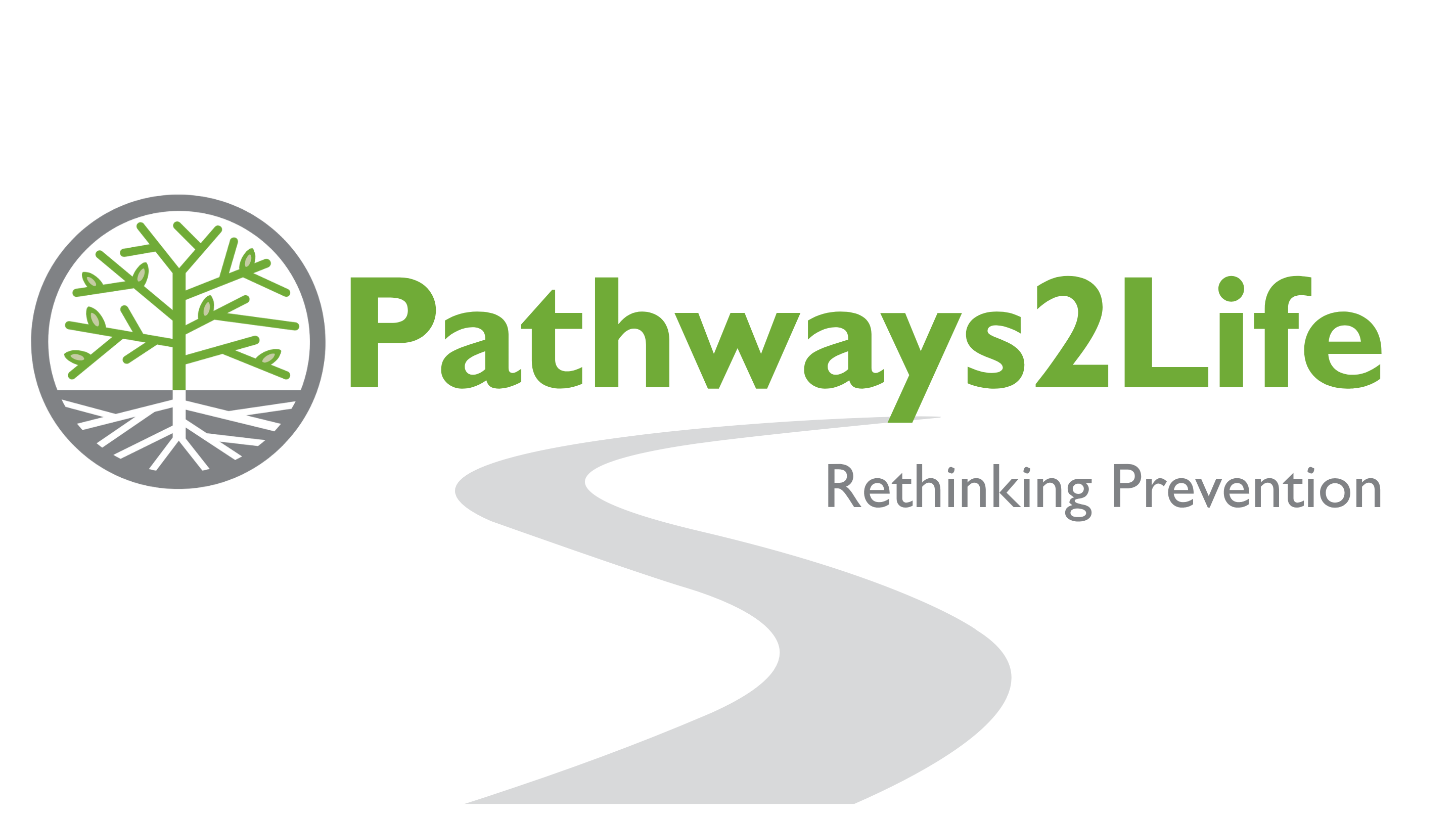Our Vision
Cultivating Meaningful Connections with Students, Parents, and Stakeholders to Build Strong Communities
Vision:
Cultivating Meaningful Connections with Students, Parents, and Stakeholders to Build Strong Communities
Mission:
Our mission is to place people of understanding to deliver individual and environmental prevention strategies throughout our communities to protect teenagers as they move through the “Transition Zone” (the ages of 13-20) while unearthing their full potential. This will directly impact the quality of our communities for the better.
A Deep Dive into The Transition Zone
There is a transition zone that exists for students ages 13-20 where students are in the most danger for developing high-risk behavioral patterns. Although they are surrounded by adults who have all walked through similar struggles, students often don’t open up – leaving them in vulnerable places navigating all alone! Void of meaningful connections with adults, many will seek to find their own solutions.
Did you know this is medically proven?
The teenage years are a critical window of vulnerability to substance use disorders (and other risky behavior patterns), because the brain is still developing and malleable (a property known as neuroplasticity), and some brain areas are less mature than others. The parts of the brain that process feelings of reward and pain—crucial drivers of drug use (and other risky behavior patterns)—are the first to mature during childhood. What remains incompletely developed during the teen years are the prefrontal cortex and its connections to other brain regions. The prefrontal cortex is responsible for assessing situations, making sound decisions, and controlling our emotions and impulses. Typically, this circuitry is not mature until a person is in his or her mid-20s.
The Time is Critical
Now, more than ever students have greater access to dangerous content and substances, that have the appearance of being harmless, but quickly turn into destructive patterns hindering their progress and potential. Along with negatively impacting their health, these patterns also affect their families and our communities. Pathways2Life answers that problem. We are a staff of people who have “been there” when it comes to the struggles and addictions students are facing. When students are thriving, the whole community can go from feeling powerless and hopeless to enjoying life.
To study this more deeply, this is a great article by the National Institute on Drug Abuse.
History
2011 - 2012
• Expanded to include prevention assemblies
• Partnered with 6 high schools in 4 counties
• Provided crisis intervention and support service
2012 - 2014
• Developed Pathways Discovery curriculum for student and leadership training program • Launched under Focused Community Strategies (FCS), a non-profit organization • Piloted classroom guidance with Jewish Family and Career Services
2015
• Added classroom guidance for schools • Partnered to develop a community-based prevention model and created Communities Addressing Addiction
2017
• Launched Pathways2Life as a 501C3 • Developed a wrap-around model, where all services are delivered on a school campus
2018 - PRESENT
• Building a continuum of care and a Community Coalition to reduce substance use among youth
